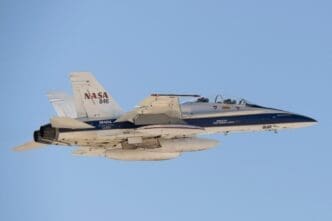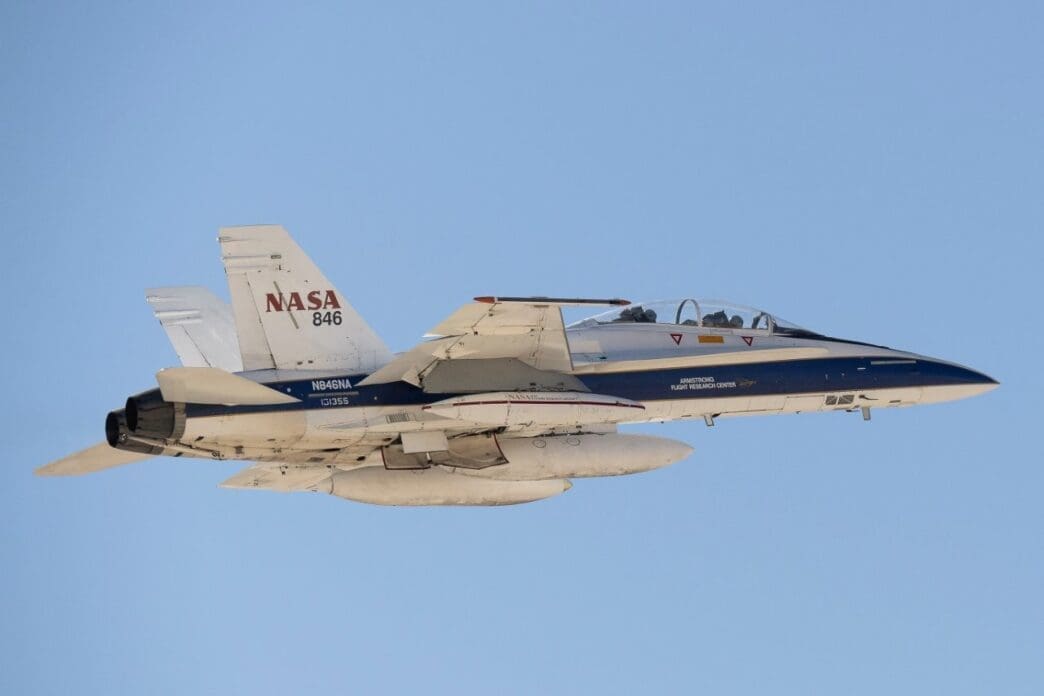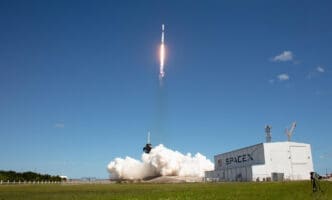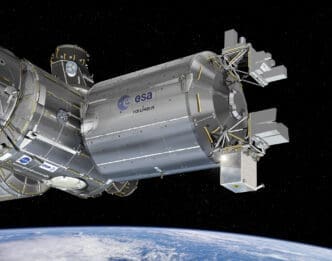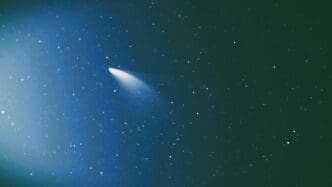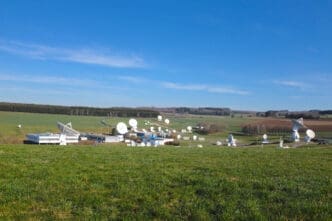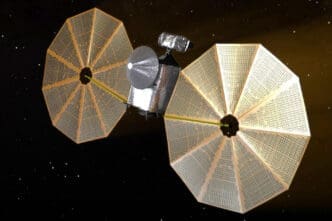NASA is actively preparing for the next phase of moonwalk simulations, leveraging both advanced technology and innovative testing environments. Recently, a NASA F/A-18 research aircraft soared above California, conducting tests on a commercial precision landing system crucial for future space missions. This system, known as the Psionic Space Navigation Doppler Lidar (PSNDL), was installed in a pod beneath the aircraft’s right wing.
The aircraft, a symbol of NASA’s commitment to cutting-edge research, flew at speeds approaching that of sound to rigorously evaluate the PSNDL’s accuracy and navigation precision under challenging conditions. Such tests are essential in ensuring the technology’s readiness for landing both robots and astronauts on the Moon and Mars.
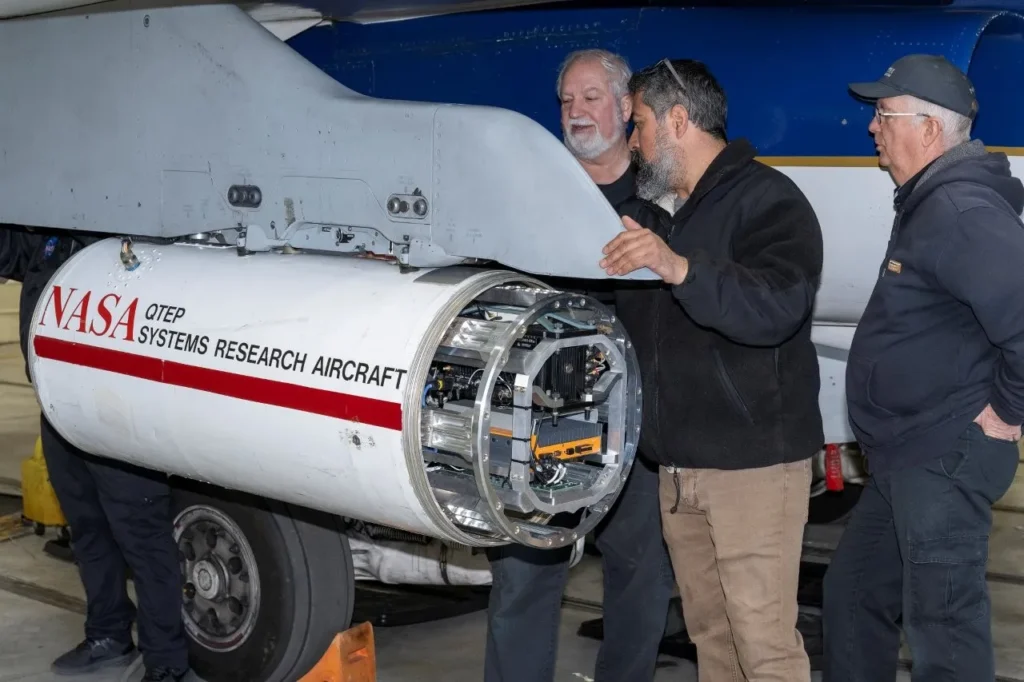
The PSNDL system, a product of collaboration between NASA and Psionic, Inc. of Hampton, Virginia, originated from NASA’s existing technology. Psionic has since miniaturized and enhanced the technology, adding functionality and redundancies that make it robust enough for spaceflight. The system integrates cameras and an inertial measurement unit, providing comprehensive navigation capabilities crucial for precision landing and other spaceflight operations.
During the February 2025 flight tests, NASA engineers and technicians installed the PSNDL system into a testing pod on the F/A-18 aircraft at NASA’s Armstrong Flight Research Center in Edwards, California. The aircraft executed a series of flight paths, including dynamic maneuvers over Death Valley, California, to gather invaluable navigation data. These maneuvers covered various altitudes, velocities, and orientations pertinent to lunar and Martian entry and descent scenarios.
The Doppler Lidar sensors, integral to the PSNDL system, offer precise speed measurements by detecting frequency shifts between emitted laser light and its ground reflections. This capability is particularly useful in areas with challenging sunlight conditions, such as the lunar South Pole. By pairing the PSNDL with cameras, the system can visually compare images with surface reconnaissance maps, facilitating precise navigation and landing on Mars’s intriguing terrains.
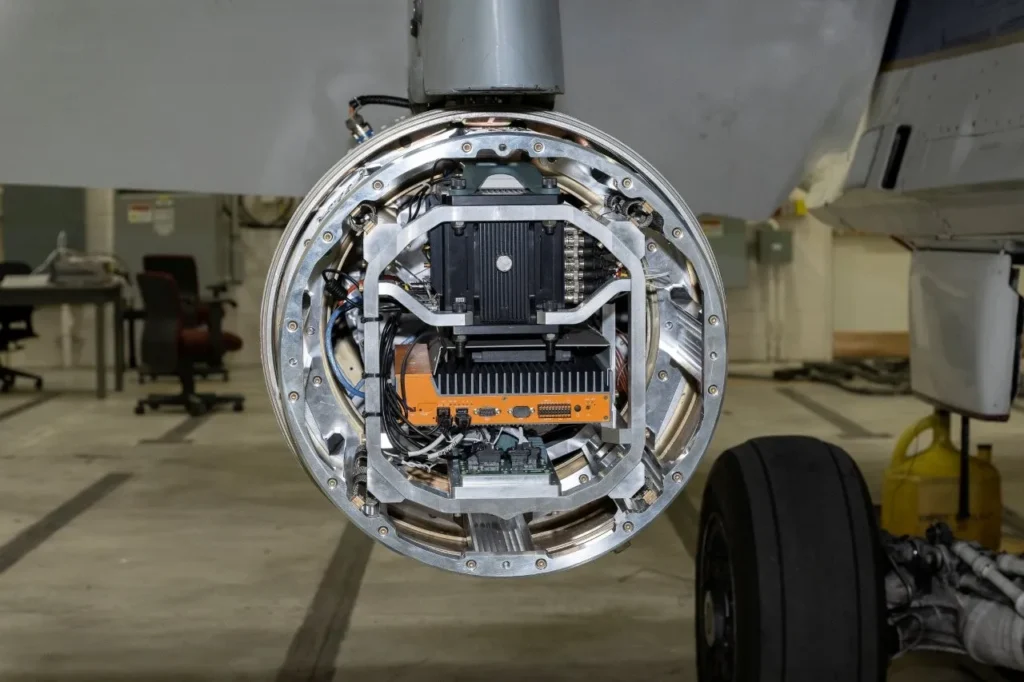
Since licensing the Navigation Doppler Lidar (NDL) technology in 2016, Psionic has benefited from NASA’s Space Technology Mission Directorate’s support through initiatives like the Small Business Innovative Research program and the Tipping Point initiative. The PSNDL system has undergone testing on suborbital vehicles via the Flight Opportunities program. In 2024, NASA successfully demonstrated the NDL system onboard a commercial lunar lander, underscoring its viability and effectiveness.

